How I See It: Business Websites vs. the Disabled
- March 18, 2019
- / Stephanie Bolinger
- / Accessibility,Business

If I told you that my job description was to, “shake up the world of business in my own way,” you most likely wouldn’t believe me. But in my own way, that’s exactly what I do. I am a Web Accessibility Analyst at DigiPro Media and I’m 100% blind. That means that I test websites built by DigiPro Media to ensure that they are compliant with the Americans with Disabilities Act or ADA. As a person with total vision loss, my job is critical to the websites we develop in 2 ways. First, I help ensure businesses offer an ADA compliant website so they stay out of potential legal trouble. And secondly, so the website has the most far-reaching access to all of their potential customers, especially those with disabilities.
Human vs. Machine: Old-School Still Rules
DigiPro Media offers a free website scan as well as deep scan and report that can tell you exactly how many accessibility errors your website has. These are great ways to do a quick check to understand the severity of a website’s compliance. However, these automated solutions will never make up for the job that I do. Since there are so many types of disabilities, that means there are many different software solutions used by real individuals who are disabled. Jaws, NVDA and Apple’s built-in Voiceover (native to iPhone and iOS) are some of the most widely used. I am completely blind, so I use multiple screen reader software to test websites. A screen reader is a software that reads everything on the computer and/or phone to me.
Better Together
DigiPro Media is a web design and development company that focuses on building quality websites that look great but are also highly accessible. This takes a lot of teamwork. We have several teams that design and build, while my team focuses on all issues discovered during accessibility testing. Typically, once a project reaches a certain stage, testing using various screen readers and other assistive technologies begins. After a few rounds of editing, I will give every website my “blind eye” seal of approval. Only then will a website be pushed out to the internet. The fun doesn’t stop there. Because a company’s website changes over time, I periodically audit our client websites to continue the assurance of web accessibility.
Disruptive Solutions
So how do you package up this process and help other businesses at the same time? DigiPro Media is giving the traditional web accessibility solutions a run for their money. We have split it into 2 categories – liability protection and web builder solutions. The first covers your business before you get sued. The second allows you to build a fully accessible website with little to no web programming skills. And both are at a significantly lower cost than any solution on the market.
“Accessibility compliance has been our focus over the last two years at DigiPro Media,” says Jessica Barshov, COO at DigiPro Media. “We created CommonAccess, a product that helps businesses get on an affordable path to becoming ADA compliant online. We have also created DigiPaaS (Platform as a Service) which encompasses most businesses’ needs for digital content and marketing and also brings their websites into accessibility compliance. Having beta tested in the market over the last year and launching nationally in July 2018, we have gained service provider contracts with the National Restaurant Association, Florida Restaurant and Lodging Association (FRLA) and Deluxe Hosting for the implementation of our technology across tens of thousands of web clients and over 50 hosts.”
The Real Me
I do not consider myself a blind woman but a woman who lives with a disability. Either way, ensuring full accessibility websites on behalf of myself and others is both an honor and of the utmost importance. If those of us who do live with a disability had full access to business’ websites, businesses would tremendously benefit right along with us.
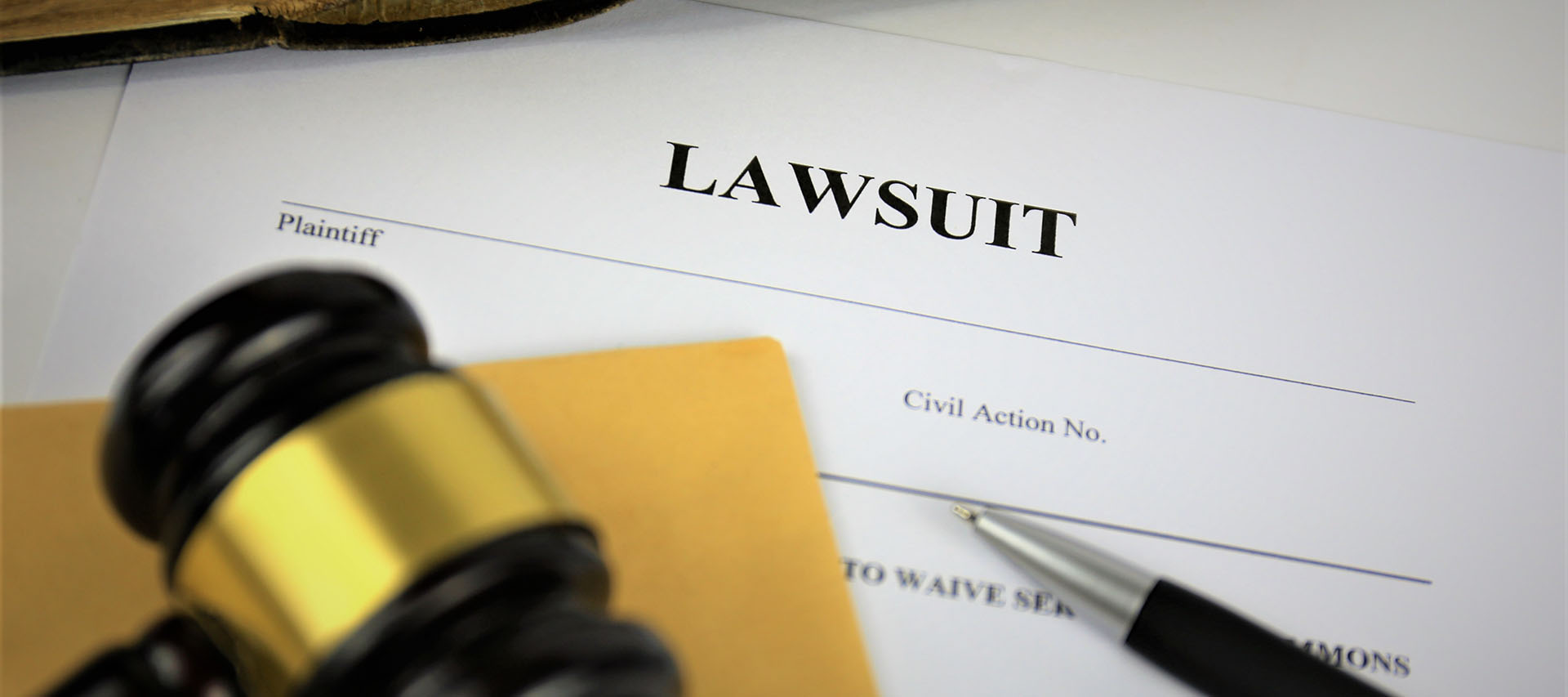 Federal Web Accessibility Lawsuits Nearly Triple In 2018
Federal Web Accessibility Lawsuits Nearly Triple In 2018
 Life, Liberty, and the Pursuit of Pizza
Life, Liberty, and the Pursuit of Pizza
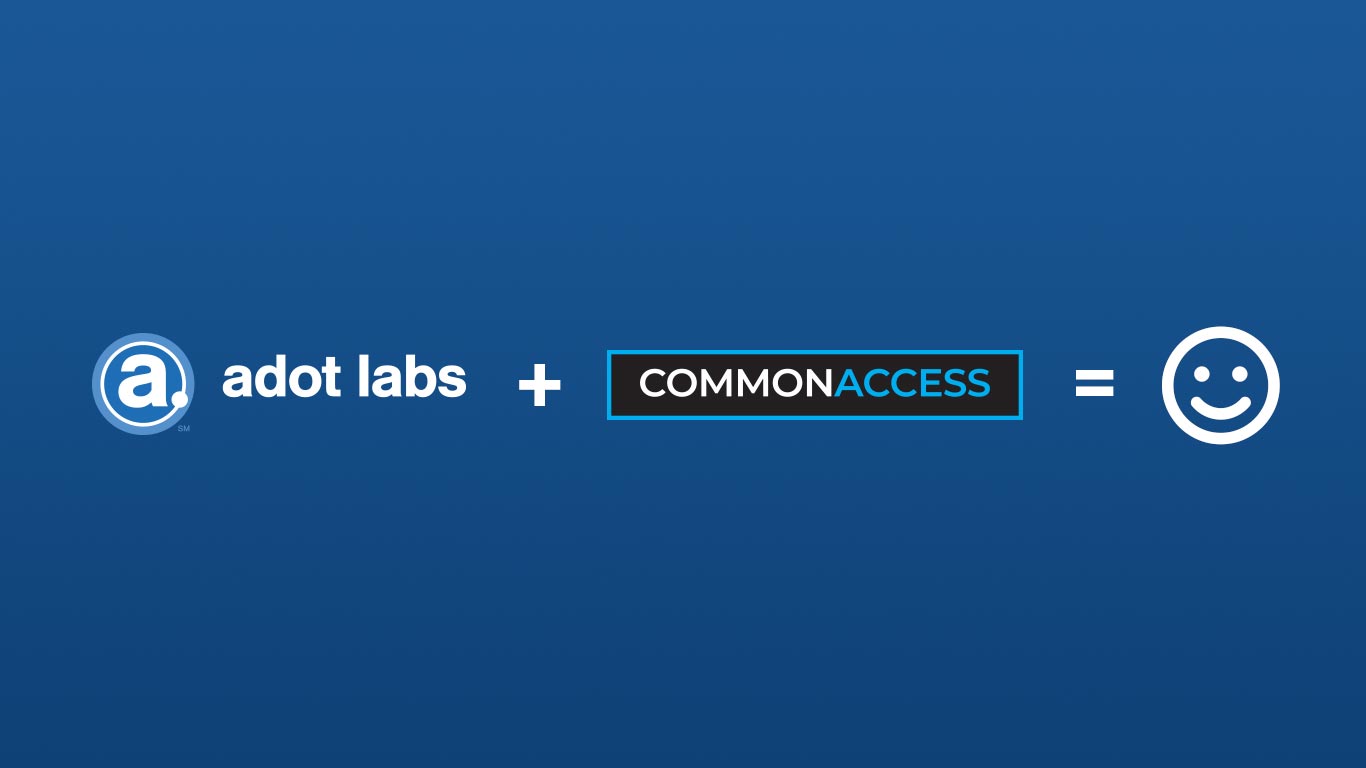 Adot Labs is now CommonAccess
Adot Labs is now CommonAccess
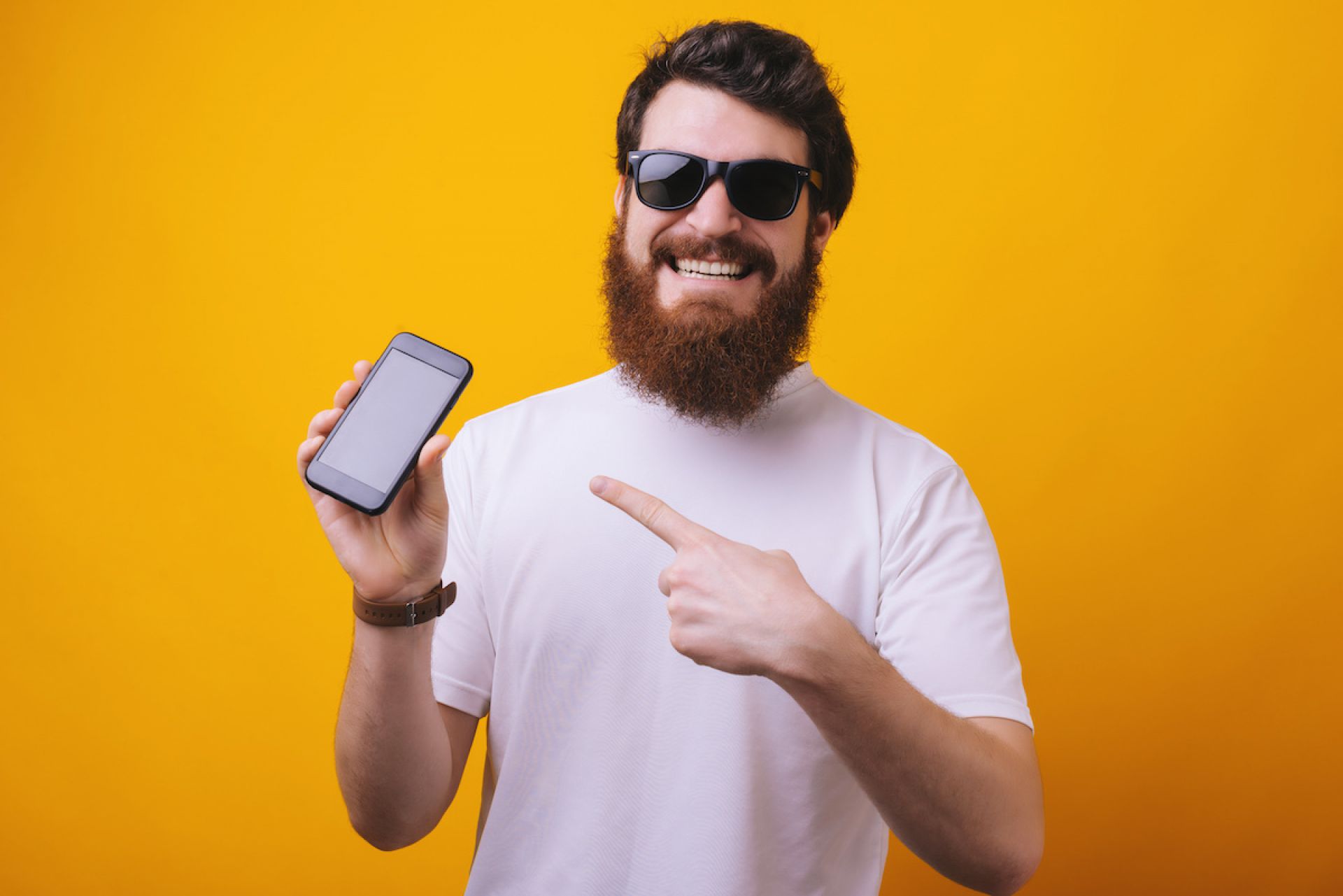 Blind People Use Computers?
Blind People Use Computers?
 Web Accessibility Doesn't Stop for Summer Break
Web Accessibility Doesn't Stop for Summer Break
 Are You Ready to Party this Cinco de Mayo?
Are You Ready to Party this Cinco de Mayo?
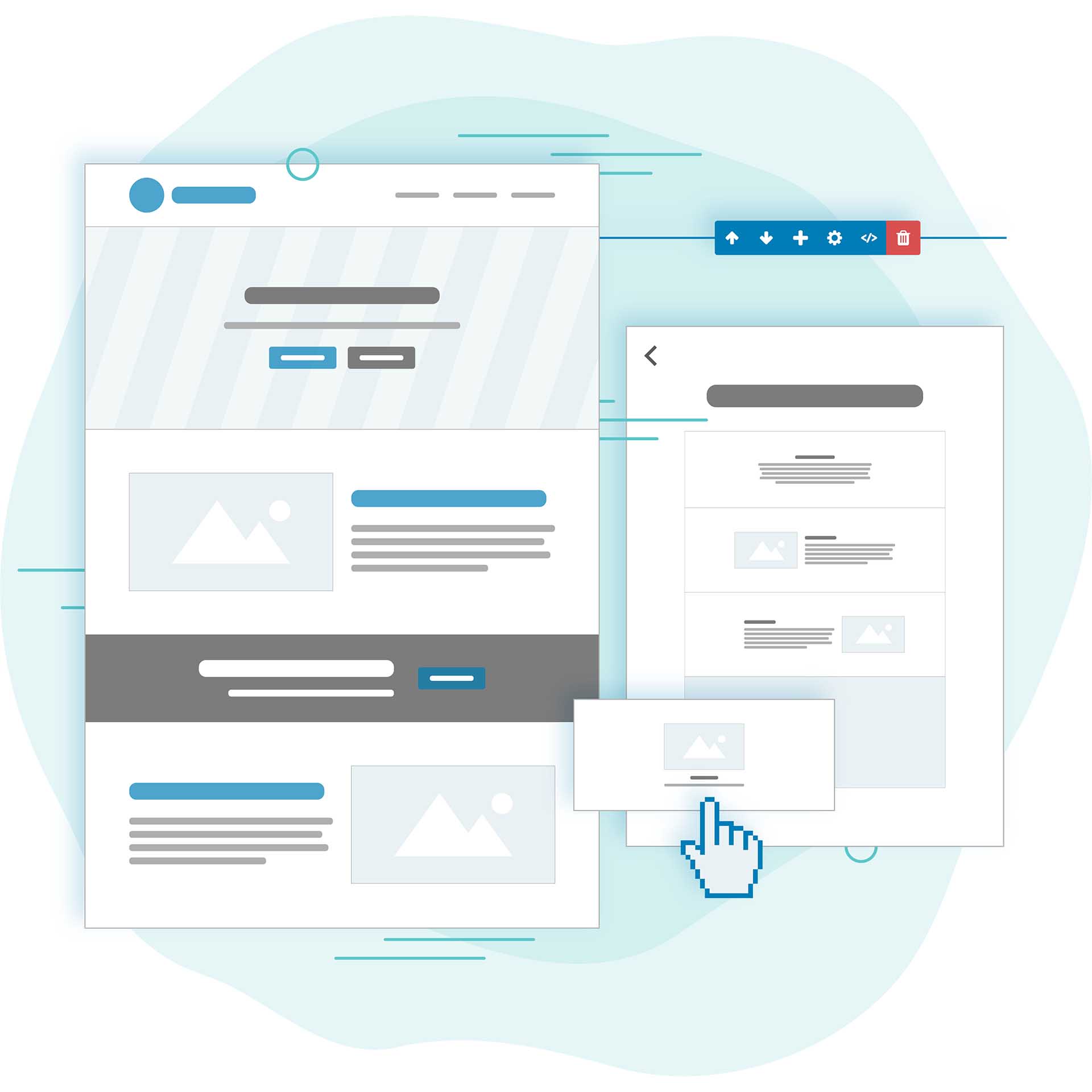 Designing with Visual Page Builder is Easy
Designing with Visual Page Builder is Easy
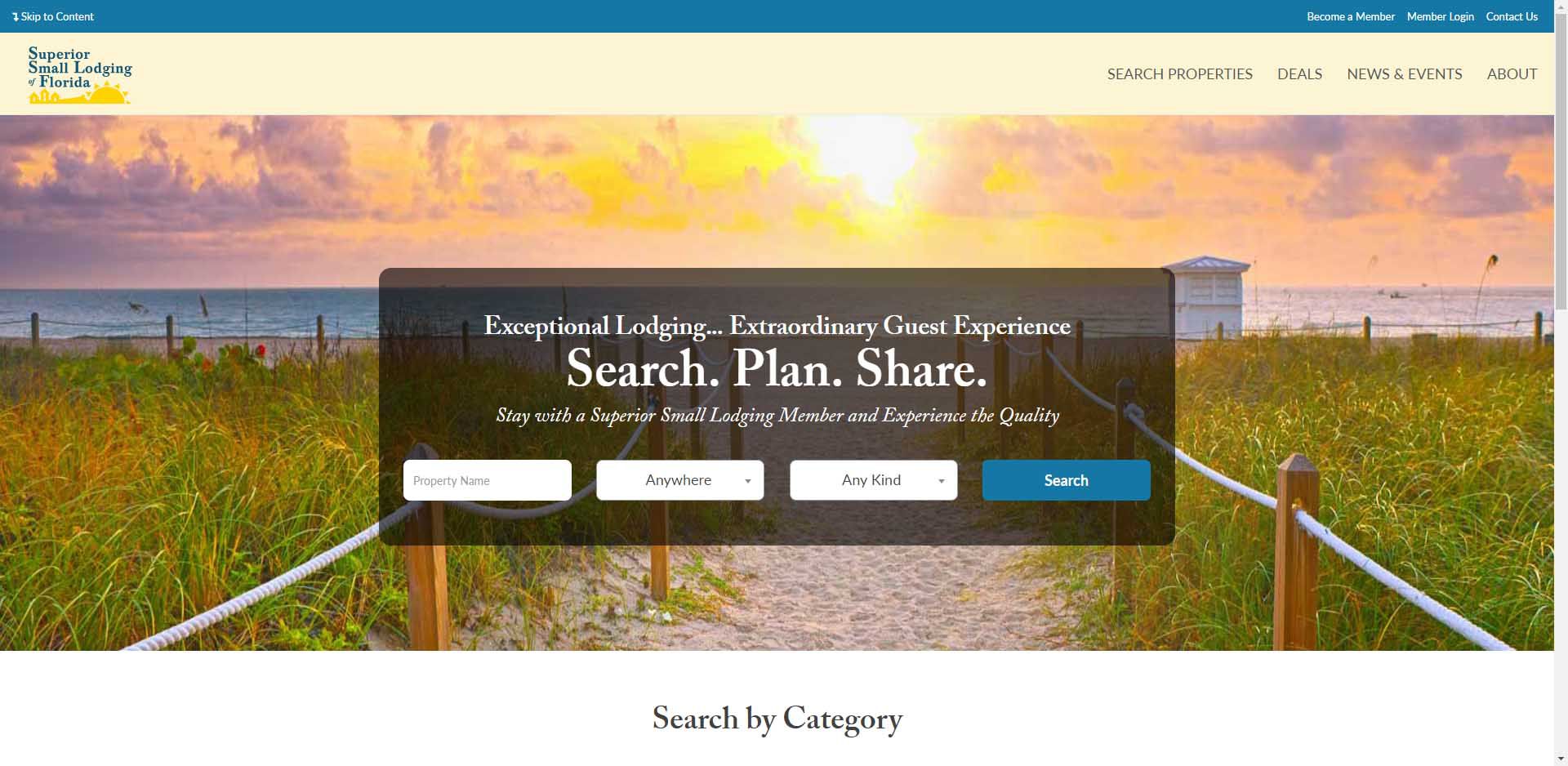 Strength in Numbers
Strength in Numbers
 Small Businesses Celebrate Mother's Day
Small Businesses Celebrate Mother's Day
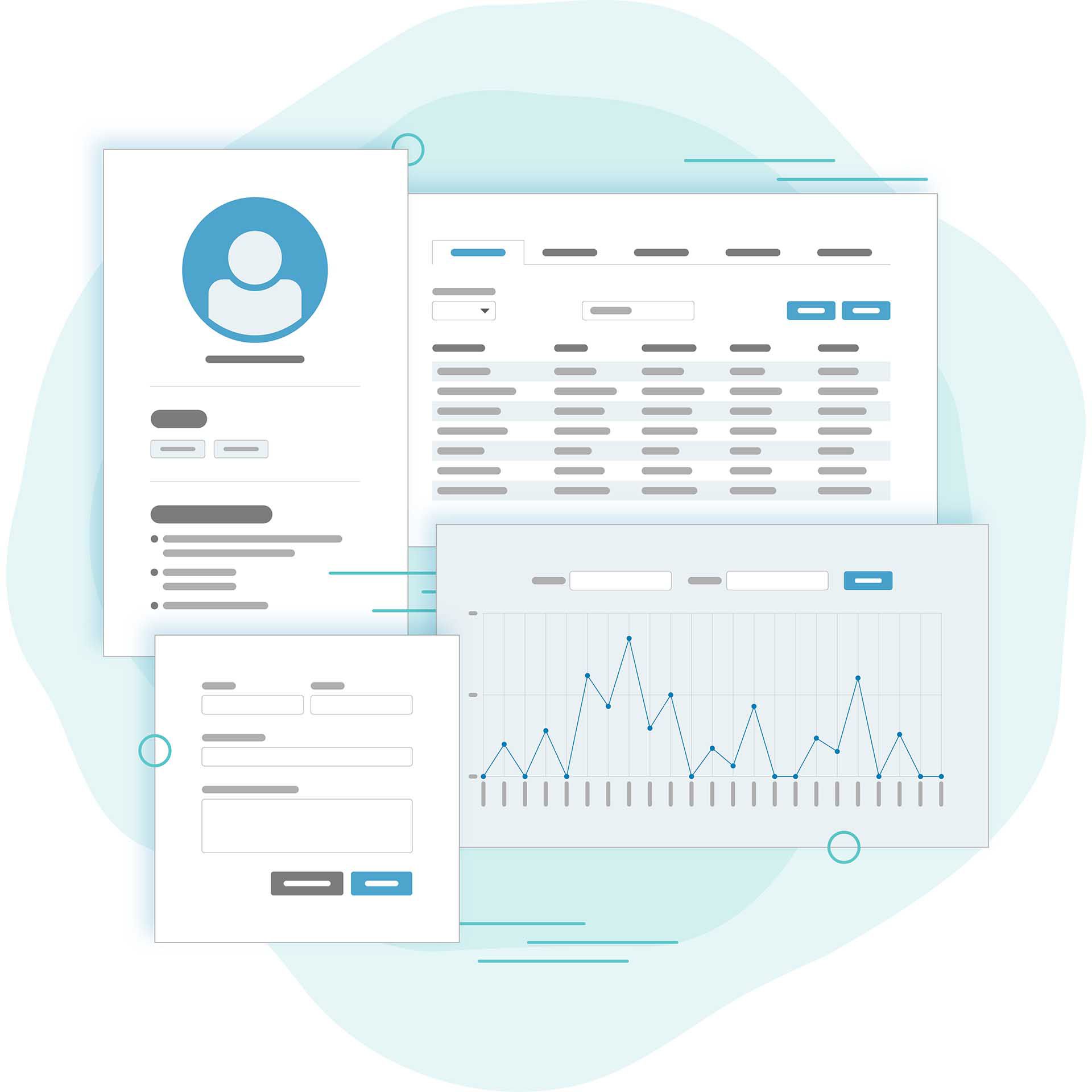 Utilizing the Content Management System (CMS)
Utilizing the Content Management System (CMS)